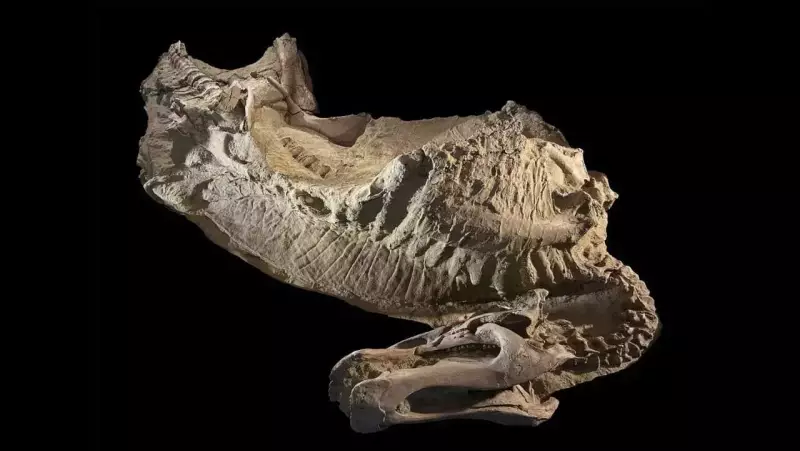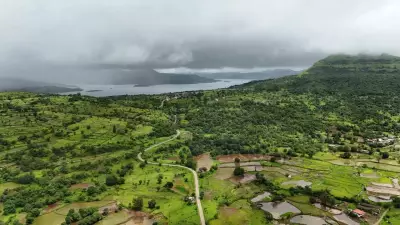
In an extraordinary paleontological breakthrough that's rewriting history books, researchers have unearthed the world's first-ever mummified dinosaur with hooves in the rugged Wyoming Badlands. This remarkable discovery is sending shockwaves through the scientific community and fundamentally altering our understanding of prehistoric life.
A Time Capsule from the Cretaceous Period
The perfectly preserved specimen represents an unprecedented find in the field of paleontology. Unlike typical fossilized bones, this mummified dinosaur retains soft tissues, skin impressions, and most astonishingly – hooves instead of the claws scientists expected to find.
Dr. Evan Thompson-Rose, lead researcher on the project, expressed his amazement: "We've never encountered anything like this. The preservation quality is extraordinary – we can see skin texture, muscle patterns, and the hoof structures are completely intact. This isn't just another fossil; it's a prehistoric time capsule."
Redefining Dinosaur Evolution
The discovery challenges long-held theories about dinosaur anatomy and evolution. The presence of hooves suggests these creatures may have been more closely related to modern ungulates than previously thought.
- Hoof structures instead of traditional claws
- Exceptional soft tissue preservation
- Complete skin impressions with scale patterns
- Muscle and tendon structures visible
Scientific Implications and Future Research
This mummified hooved dinosaur opens new avenues for understanding prehistoric ecosystems. Scientists can now study aspects of dinosaur biology that were previously inaccessible through conventional fossil records.
The research team is employing cutting-edge technology including 3D scanning, chemical analysis, and advanced imaging techniques to study the specimen without damaging its delicate structures. Their findings promise to revolutionize our comprehension of how dinosaurs moved, behaved, and evolved.
This landmark discovery in the Wyoming Badlands not only adds a new chapter to our understanding of prehistoric life but also demonstrates how much remains to be discovered about Earth's ancient inhabitants.





